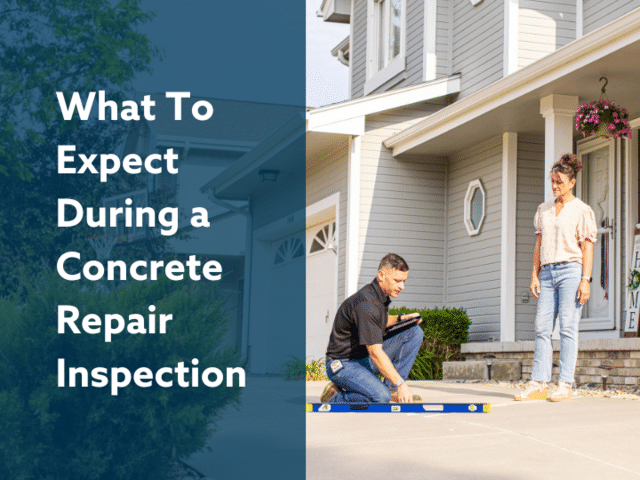How to Install Our Foundation Helical Pier System

If your home has a sinking or settling foundation, cracked walls or floors, or other foundation problems, you need expert foundation repair solutions from Thrasher. We use top-of-the-line foundation helical piers for structures that are showing damage from settlement.
What are Helical Piers?
Helical piers can stabilize settling foundations by connecting footings and walls to solid, load-bearing soils. The helical plates welded to the shaft of a helical pier are designed to pull the pier into the soil when the pier is installed.
By measuring turning resistance as a pier is driven, the contractor can determine when the pier has reached competent load-bearing soil. Piers are connected to the foundation with strong steel brackets.
Advantages of Using Our Helical Pier System
- Year-round installation
- Installation from inside or outside the structure
- Stabilizes both light and heavy structures
- Round shaft has high resistance to bending
- Can lift foundation back to original position
- Below-grade solution not visible after installation
- Warrantied solution to settlement problems
- Designed with corrosion-resistant galvanized steel
- A rugged foundation bracket design
- An innovative steel sleeve design to avoid warping
How to Install Our Foundation Helical Pier System
The Supportworks Helical Pier System permanently stabilizes settling, sinking structures. To install helical piers, our contractors take the following four steps:
1) Prepare the Foundation Footing
For an outside installation, the soil around your foundation must be excavated to expose the footing at each pier location. For an inside installation, a section of your slab floor will need to be removed to expose the footing. The slab is restored after the installation.
A section of the footing will be cut away so that the steel bracket connected to the pier will support the wall directly. This approach will provide more effective support than lifting the section of the footing that extends beyond the walls.
2) Install Helical Shafts
Next, steel helical piers are turned down into the soil until competent strata is reached. Extension shafts are added as necessary to reach greater depths. These steel foundation piers are the strongest components in our foundation repair arsenal and are responsible for transferring the weight of your structure to solid, load-bearing soil. Our foundation piers are available with a galvanized steel design. These piers are corrosion-resistant, for long-lasting durability.
3) Install Foundation Brackets
Unlike push piers, helical piers are driven fully and completely before their brackets are attached. This is mainly because helical piers don't require the heavy weight of the structure to be driven into the soil. This makes them ideal for lighter structures, such as decks and concrete stairs. Once all helical piers are installed, steel brackets are attached to connect each pier to the footing.
4) Lift the Foundation
Once all piers and brackets have been installed, the settlement of your foundation will be permanently halted.
At this time, we will determine whether or not it makes sense to lift your foundation back to its original position. This operation has the potential to close cracks in your foundation and return doors, locks, and windows to their original functionality.
Contact the Helical Pier Experts
At Thrasher, we want to help you restore the value of your home through structural stability. To this end, we have a wide variety of repair solutions that can address foundation problems of any kind.
We would like to provide you with a free, written helical pier installation quote. Each quote includes a free on-site inspection, a professional consultation, and copy of our 90-page full-color foundation repair book. To schedule your appointment, call or email us today! Our service area includes Omaha, Lincoln, Sioux City, Council Bluffs, Bellevue, Grand Island, Kearney, Norfolk, Fremont, North Platte and the surrounding areas in Nebraska, Iowa, and Missouri.
Article Categories:



